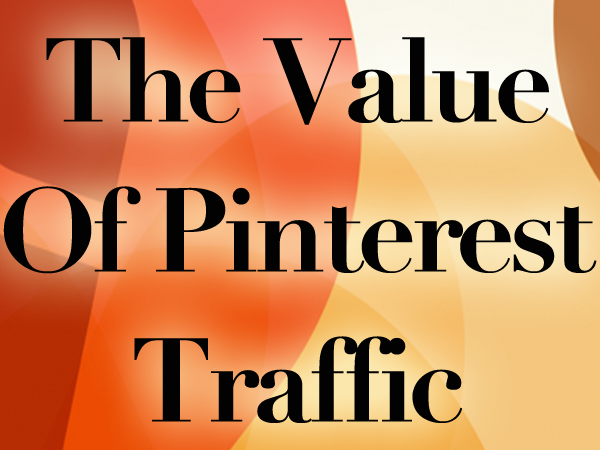How Much Does Your “Freebie”
Everyone loves free, except of course the people who must pay for it. That is the unwritten truth that lurks behind any “free” marketing method or campaign. There is usually, though not always, a real cost in terms of time and money.
So how can you get a realistic picture of the real costs of a free marketing promotion? First is by knowing the hard costs you are incurring to create and ship, and then by taking into consideration in your time.
What varieties of “free” are we talking about here?
The most obvious places we see free work its way into our businesses is with the act of gathering email addresses. Offering a freebie is a standard operating procedure, and won’t be changing anytime soon. In most cases we are offered a free ebook, report, video series, e-course, webinar or email series in return for our email address and other contact data.
What you must know is there are costs associated with the creation of these freebies. Let’s take a look at several of the actual hard costs you’ll be forced to deal with in the creation of your freebies.
- Creating the content – Someone has to write, film, record whatever content you are producing. Unless that is totally you, you’ll pay for this.
- Designing the squeeze page or landing page – There are several great softwares out there, but they cost as well. And we know how much designers cost.
- Production costs and shipping – If you want to manufacture a hard product, odds are you’ll have to pay to get it where it’s going.
- Marketing funnel hard costs – Email autoresponders, setup costs for technical aspects, webinar charges. GoToWebinar for example, charges at the bare minimum $99 a month for their lowest plan, which allows only 100 attendees. (to be fair, there are other lower-priced services)
- Advertising – Are you going to be taking out ads for this freebie in order to attract the widest possible audience?
Using a freebie, or freemium content as people are referring to them these days, remains a very good way to build a list or audience for your products and services. We just thought you should be aware you’ll want to count the cost of “free” when producing your freebie.








